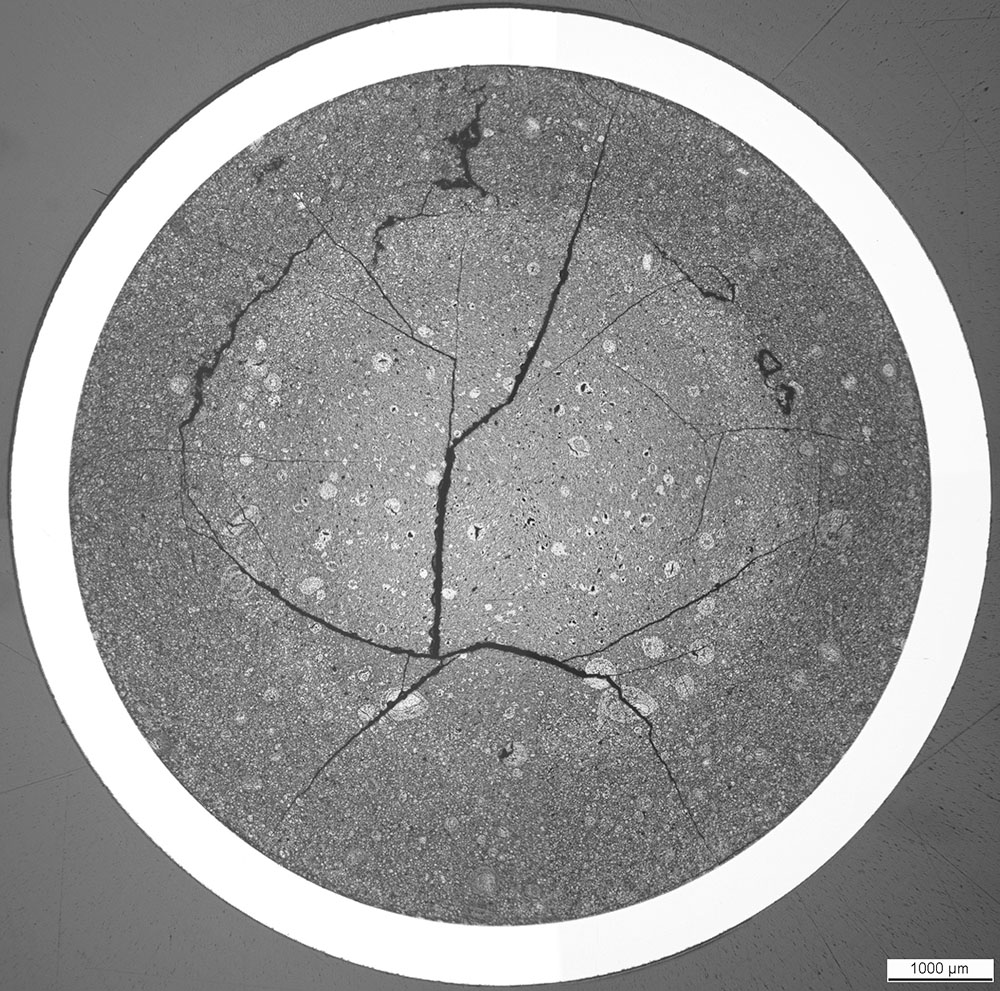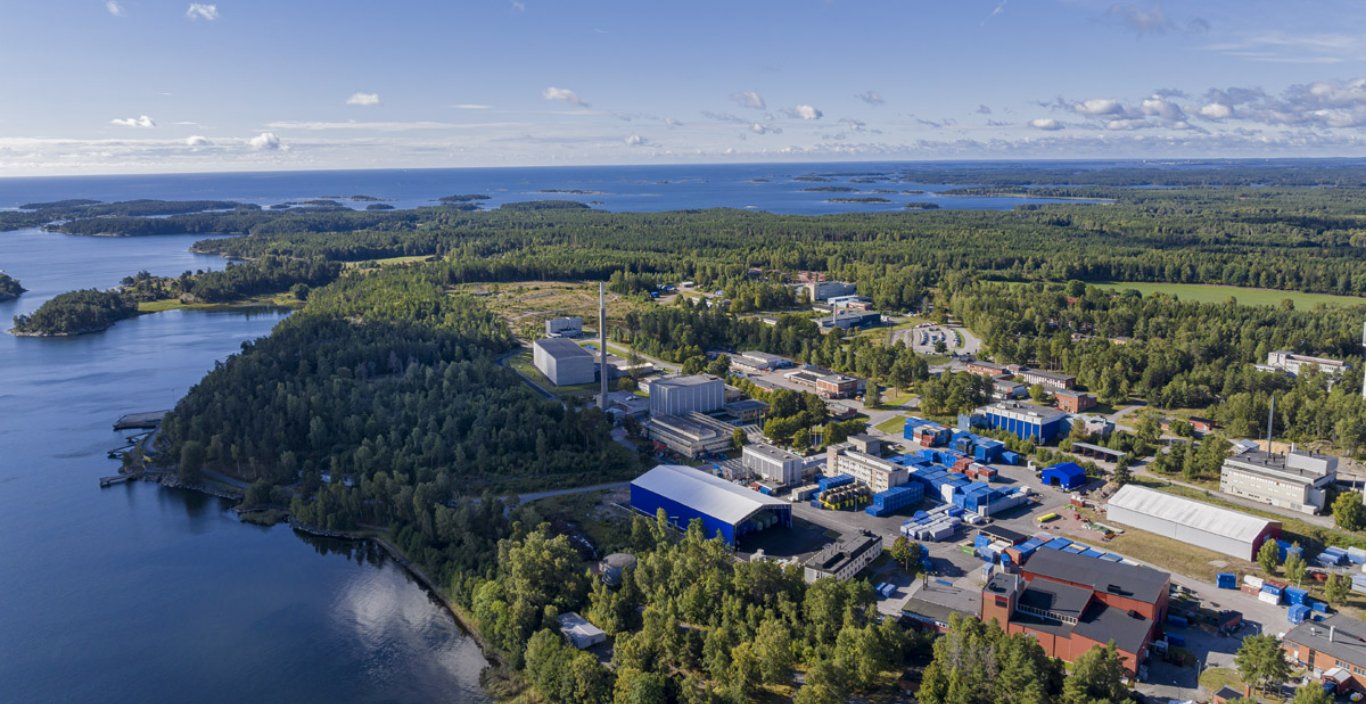Technical Description SCIP-IV
The main areas of SCIP IV will be treated in four tasks.
Task 1 is focused on fuel at back-end conditions. Creep and hydride reorientation under dry storage conditions, fuel in transport or handling accidents and treatment of failed fuel are investigated.
The consequences of cladding overheating and its impact on mechanical cladding properties, due to off normal transients at lower than LOCA typical temperatures and the axial constraint on fuel rod performance during a LOCA transient, are investigated as well.
In Task 2, LOCA issues, in particular fuel fragmentation, relocation and release are studied. With special focus on non-standard fuel, pressure and pre-transient microstructure. LOCA transients in spent fuel pool are investigated as well.
In task 3, the microstructure and microchemistry influencing PCI crack propagation is studied by means of advanced microscopy.
In task 4, modelling support to the experiments planning and to the data analysis is given by the participants and will stimulate understanding of the mechanisms important for transient fuel performance
Task 1: Back-end
Subtask 1.1 – Creep and hydride reorientation of fuel rods under simulated dry storage conditions:
Whereas many creep and hydride reorientation tests of unirradiated cladding have been performed, hardly any data are available on the thermal creep properties of irradiated fuel rods with fuel pellets inside. In high burnup fuel rods, fuel-cladding bonding could restrict cladding creep out. In addition to the effects on creep behaviour, bonding might also affect hydride reorientation behaviour in the cladding, leading to local stress concentrations favouring local hydride reorientation and creating potential spots vulnerable to crack initiation and propagation under long-term dry storage conditions. Possible effects due to fuel-cladding bonding in high burnup fuel rods will be investigated. Creep properties of rod segments with fuel inside will be compared to defueled cladding properties. Potential hydride reorientation will be assessed and mechanical properties of the cladding before and after creep testing will be determined.
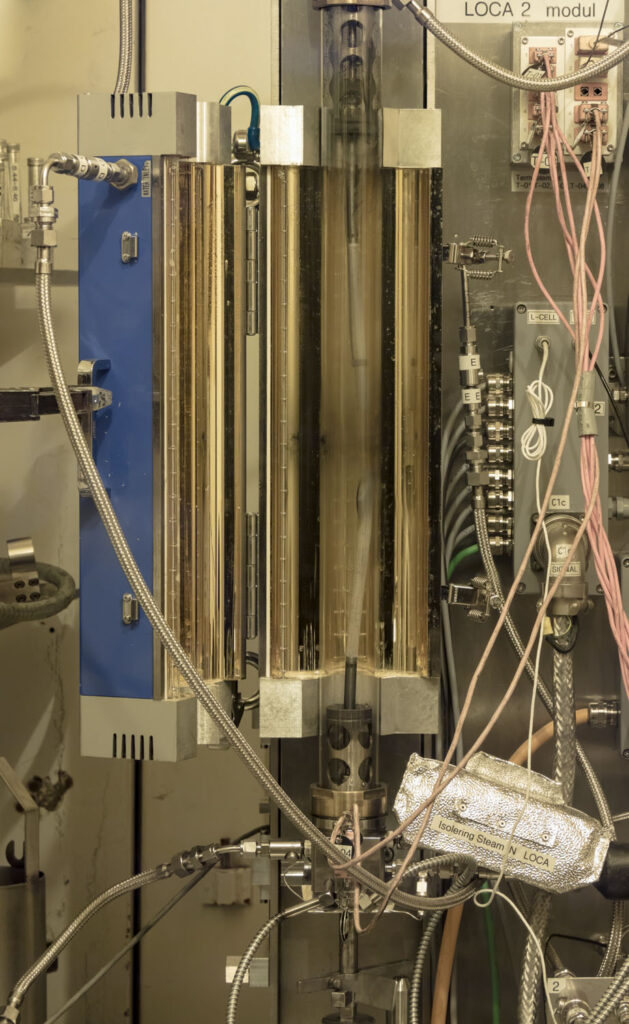
Subtask 1.2 – Hydride reorientation:
During back end handling and dry storage, fuel cladding temperatures will be high enough to dissolve hydride precipitates back into solid solution. When temperature drops later on, hydrogen will be precipitated again. If the cladding is under high enough hoop stress, the precipitated hydrides will be oriented in radial direction, which impacts ductile-to-brittle transition behaviour of the cladding material of concern. The conditions and mechanism for hydride reorientation in irradiated cladding material will be determined, in order to predict both the hydride reorientation and ductile-to-brittle transition behaviour of the material, based on the understanding of these parameters.
Subtask 1.3 – Spent fuel rods in transport and handling operations and in accident scenarios:
Independent from the back end concept, fuel assemblies are handled, loaded into transport casks and unloaded or stored in dry-storage casks when removed from the on-site spent fuel pool. A very large number of transports have been performed successfully worldwide. Only for special transportation conditions or accident situations is there a substantial need to verify spent fuel behaviour and suitability for further storage. This subtask will concentrate on three areas of concern. It aims at generating valuable experimental data on the mechanical response of irradiated fuel rods under transport accident conditions. The data will support analytical models for regulatory accident evaluation. In addition, they will also be useful for seismic and vibratory evaluations. In order to support cask containment analysis and the definition of source terms for accident scenarios, the particulates which might be released from high burnup fuel rods due to impact events will be characterised. Finally, the strength of weak or slightly damaged fuel rods under transportation and handling operations will be investigated. The aim is to verify that weak or slightly damaged rods will not degrade or jeopardise cask safety functions during transportation and storage.
Subtask 1.4 – Failed fuel:
In most countries, no standard procedures have yet been established to take care of failed fuel for interim storage and final disposal. For safe long-term stabilisation of failed fuel, the radiological confinement needs to be restored and the geometry and environment needs to be controlled and stable. There are different concepts available to encapsulate damaged and failed fuel rods, either by canning in-pool or by conditioning and encapsulation at a hot cell. In this context, drying of failed fuel is essential to avoid gas generation by radiolysis of residual water and moisture. The presence of oxygen and hydrogen gas could have undesirable consequences, such as oxidation of the fuel, hydriding of the cladding, corrosion and pressure build-up. Whereas standards have been established for drying of intact spent fuel in dry storage casks, for failed fuel these standard drying procedures may not be sufficient to guarantee the required moisture level for encapsulation. Therefore, test methods to measure moisture content need to be developed and validated to prove that criteria on moisture content can be met. Furthermore, available drying procedures need to be evaluated for failed fuel and possibly optimised. Within this subtask, experimental data on the issue of safe encapsulation and storage of failed fuel rods will be generated, using established characterisation methods and assessment of residual water.
Task 2: LOCA
Subtask 2.1 – Microstructure related to fuel fragmentation:
The existence of a burnup threshold for fuel fragmentation in LOCA scenarios has been a key question in several studies and research efforts. As the experimental evidence grows, it seems that high burnup is only one of several factors determining the susceptibility of the fuel to fragment. Several hypotheses have been brought forward to explain this behaviour, such as effects of the power history inducing residual stresses in the pellet, or repartitioning of the fission gas inventory to closed grain boundary networks or bubble populations that weakens the integrity of the fuel under a LOCA event. Recent results from SCIP III have identified some potentially very important effects related to the development of the fuel microstructure in the course of fuel operation. In order to study the impact of these phenomena further, it is proposed to continue on the advanced microscopy examinations performed in SCIP III on fuels with high burnup that fragment to a large extent in LOCA like conditions, as well as to study high burnup fuel that appears resistant to fine fragmentation.
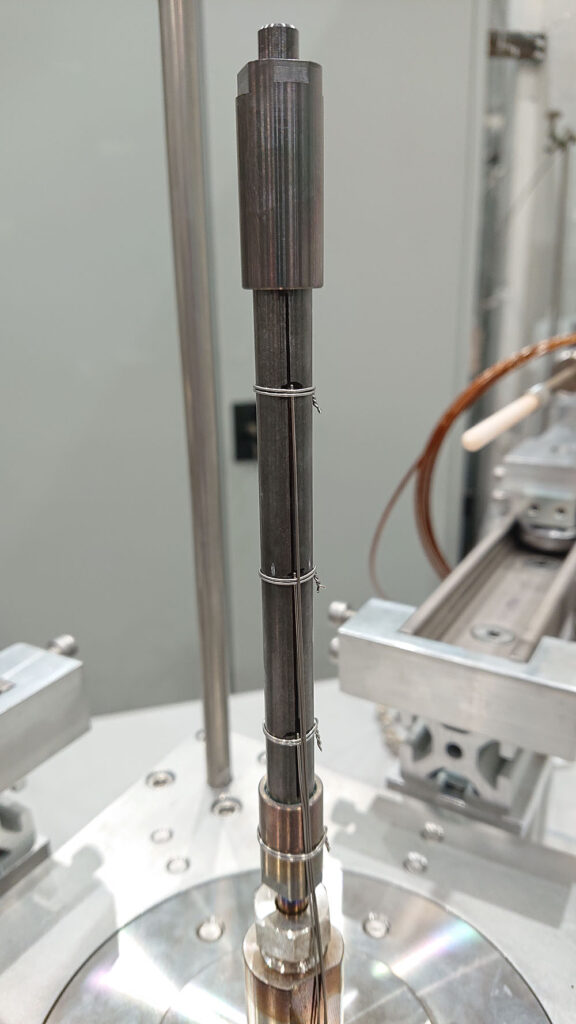
Subtask 2.2 – Fuel fragmentation, relocation and dispersal in non-standard fuel:
In SCIP III, investigations focused on the performance of “standard fuel”, i.e. UO2 fuel with relatively small grains, whereas use of large grain fuel with dopants or additives has become more and more common. Moreover, the microstructure of non-standard fuel might also develop differently during reactor operation, compared to standard fuel. Work to be performed under this Subtask aims at extending data base and understanding of fuel fragmentation, relocation and dispersal to fuel types that have not yet been investigated within SCIP III or elsewhere. The data will support estimates of fuel dispersal in LOCA safety assessments carried out by utilities and regulators, as well as refinement and extension of fuel fragmentation models to be incorporated in fuel performance and transient codes.
Subtask 2.3 – Separate effects tests:
Tests in SCIP III have indicated that for fuels susceptible to fine fragmentation critical parameters may be both the temperature ramp rate and the magnitude of the depressurisation transient upon burst. The possibility to control temperature ramp rates was rather limited in SCIP III heating tests. Therefore, it is proposed that a new furnace is constructed to better control the temperature ramp rate in tests of similar size as the existing heating test apparatus (testing a few pellets worth of material). The equipment will be made compatible with a new depressurisation rig being able to simulate the burst event with high degree of control, including an expansion chamber to contain and collect the ejected fuel fragments for further study.
Subtask 2.4 – Transient fission gas release and axial gas communication:
During a loss-of-coolant accident, rapid and large changes of temperature may cause transient fission gas release from the fuel, by mechanisms such as fuel grain boundary fracture or diffusion and interconnection of fission gas bubbles. Understanding of the transient fission gas behaviour is important to determine factors such as increase in rod inner pressure and margins to cladding burst and loss of rod integrity. Knowledge of the transient fission gas release also allows for a more accurate determination of the source term in an accident scenario. In order to properly assess the effects of transient fission gas release on local pressure and ballooning and burst, it is important to know the axial gas communication inside the fuel rod. As a continuation of a limited number of tests performed in SCIP III, it is proposed to perform a parametric study of axial gas communication against burnup and temperature. The results will support improving fuel performance code models of gas communication under transient conditions.
Subtask 2.5 – Spent fuel pool LOCA:
Loss of coolant in a spent fuel pool, with high temperature oxidation of cladding in an air-steam mixture as well as transients leading to ballooning and burst of fuel rods, can have severe consequences. Within SCIP III, only two LOCA tests under simulated spent fuel pool conditions have been performed. Moreover, the scope of post-test examinations was rather limited. Therefore, additional spent fuel pool LOCA tests, covering a broader band of potential conditions, will be performed in this Subtask. The scope of post-test examinations will be extended, providing additional data to define the fission product source term for this type of events.
Subtask 2.6
Task 3: PCI
Subtask 3.2 – Microstructure and microchemistry:
The importance of chemically active agents for stress corrosion cracking is well recognised, but mode of action of these species, their way to and their distribution at the location of concern, their chemical and physical form and many other aspects are still not well understood. SCIP III collaboration with the University of Manchester led to promising results. Within this Subtask, microstructure and microchemistry inside cracks and at the crack tip of irradiated cladding samples that had experienced stress corrosion cracking will be investigated by means of advanced techniques in collaboration with external partners.
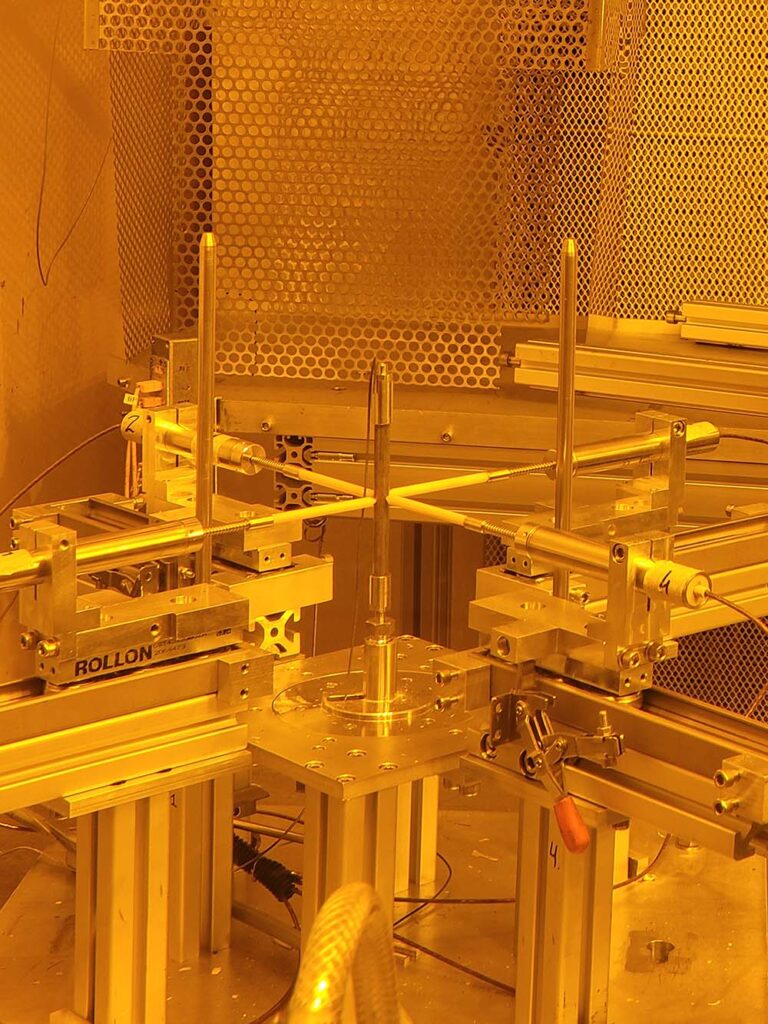
Task 4: Modeling
This task aims at supporting SCIP IV with pre- and post-test modelling calculations of tests and experiments using different codes and models. More specifically, the objectives are to provide input to the design of test matrices and to the selection of test parameters, to improve the evaluation and interpretation of experimental results, to extend the basis for the validation of existing models and to identify model improvements and the data needs for such improvements.
